How Do Quarterly Tax Payments Work?
Have you ever received a payment without the taxes being taken out beforehand? If you are a self-employed or an independent contractor, this is probably a situation you’ve come across before. Unfortunately, you still have to give a portion of your earnings to Uncle Sam.
You will need to make quarterly tax payments to the IRS if:
- You anticipate owing at least $1,000 in taxes after withholdings and credits.
- Your credits and deductions will cover less than 100% of your tax liability for the prior year or 90% of your tax liability for the current year.
Is it still unclear if you need to make quarterly tax payments? Essentially, if you are earning income without having taxes deducted, chances are you need to make quarterly tax payments. In this article, we’ll cover all you need to know about making quarterly tax payments.
Do I Need to Make Quarterly Tax Payments?
Are you earning revenue that is not subject to taxes? If you answered yes to this question, then you most likely need to make a quarterly tax payment to the IRS.
Independent contractors and freelance workers most commonly need to make quarterly payments to the IRS.
Some clients that you work with may issue a 1099-NEC, a tax document that will indicate how much they paid you in a given tax year and if they made tax deductions.
Even if you do not receive a 1099-NEC, you should still pay taxes on your earnings. If you’re caught not paying taxes on these earnings, the consequences could be severe, including fines, penalties, and even potentially jail time.
How Do I Estimate My Quarterly Tax Payments?
The IRS requires you to fill out a form 1040-ES if you’re anticipating needing to make quarterly payments. You will need to indicate how much you plan to pay each quarter on the form.
While those with fluctuating income can have difficulty getting an accurate estimate, it’s important to be as precise as possible. You are on the hook to pay the IRS the money you estimate owing, and an underpayment could result in some large penalties and fees.
A place to start looking at last year’s tax return. To be on the safe side, it’s best to estimate that you will owe at least 110% of the taxes you owed last year
If you intend to ramp up your business or anticipate a large boost to your income, make sure to account for this when estimating your quarterly payment.
Do I Need to Make Quarterly State Tax Payments?
Don’t forget about state taxes! If your state charges income tax, then you’ll need to estimate your state quarterly tax payments as well. Check with your state for reporting and payment requirements.
What Happens If I Overestimate My Quarterly Tax Payment?
It isn’t always easy to make accurate tax estimates. You could lose a large client, need to replace something unexpectedly, or maybe even run into a pandemic!
If you grossly over-estimated or under-estimated your quarterly tax payments, you can submit a new 1040-ES during a given tax year to correct the mistake.
Additionally, if you have the cash on hand to cover an overestimate, you are permitted to pay more than your estimated quarterly payment. That way, you can avoid getting a tax penalty.
If you don’t end up owing additional payment, you can get the additional payments either as a tax return at the end of the year or apply it to next year’s taxes.
When it comes time to file your end-of-year taxes, if you underestimate your taxes, you will need to file an IRS form 2210 to determine if you owe any penalties and calculate the total amount owed.
When Are the Due Dates for Quarterly Tax Payments?
Quarterly tax payments are due 15 days following the end of the quarter that the earnings were in. Payments are due:
- April 15th (January 1st – March 31st)
- June 15th (April 1st – May 31st)
- September 15th (June 1st – August 31st)
- January 15th (September 1st – December 31st)
If the payment due date falls on a weekend or holiday, then the payment is due on the proceeding Monday.
How Do I Make Tax Payments to the IRS?
You can make payments to the IRS online through their website. The site even allows you to view past payments to ensure that you are keeping up.
If the idea of paying a large lump sum of taxes on a quarterly basis seems overwhelming, you have the option to make smaller payments on a monthly basis. However, the full quarterly payment must be paid prior to the due date, regardless of how you decide to break it up.
What If I Miss a Quarterly Tax Payment?
If you miss a quarterly payment or are intentionally not paying it, the IRS will charge you a 0.5% penalty for each month that you have not paid with a maximum of 25% charged.
If the IRS also continues to charge interest on any unpaid debt. Therefore, the outstanding balance can multiply quickly if you are being negligent.
Can Quarterly Tax Payments be Avoided?
While quarterly tax payments can’t be avoided, they can be offset with taxes from other income. For example, if you work a full-time job and have a side gig, then you could decline to take any withholdings from your job to offset the taxes on your side gig income.
If you do go this route, it’s best to withhold 30% of your income for taxes in the case that you made an error in calculation and end up owing more than you expected in back taxes. If your calculations were correct, then you have your own version of a “tax refund” at the end of each year!
When Should I Get Help with Quarterly Tax Payments?
Determining how much you need to make in quarterly payments can be difficult. If you’re unsure about how much you should pay, contact us to help you prepare your 1040-ES.
Additionally, if you’ve missed your quarterly payment and owe a large sum in penalty fees, you should contact us as soon as possible. We can help you work with the IRS to potentially save thousands of dollars on owed back taxes.

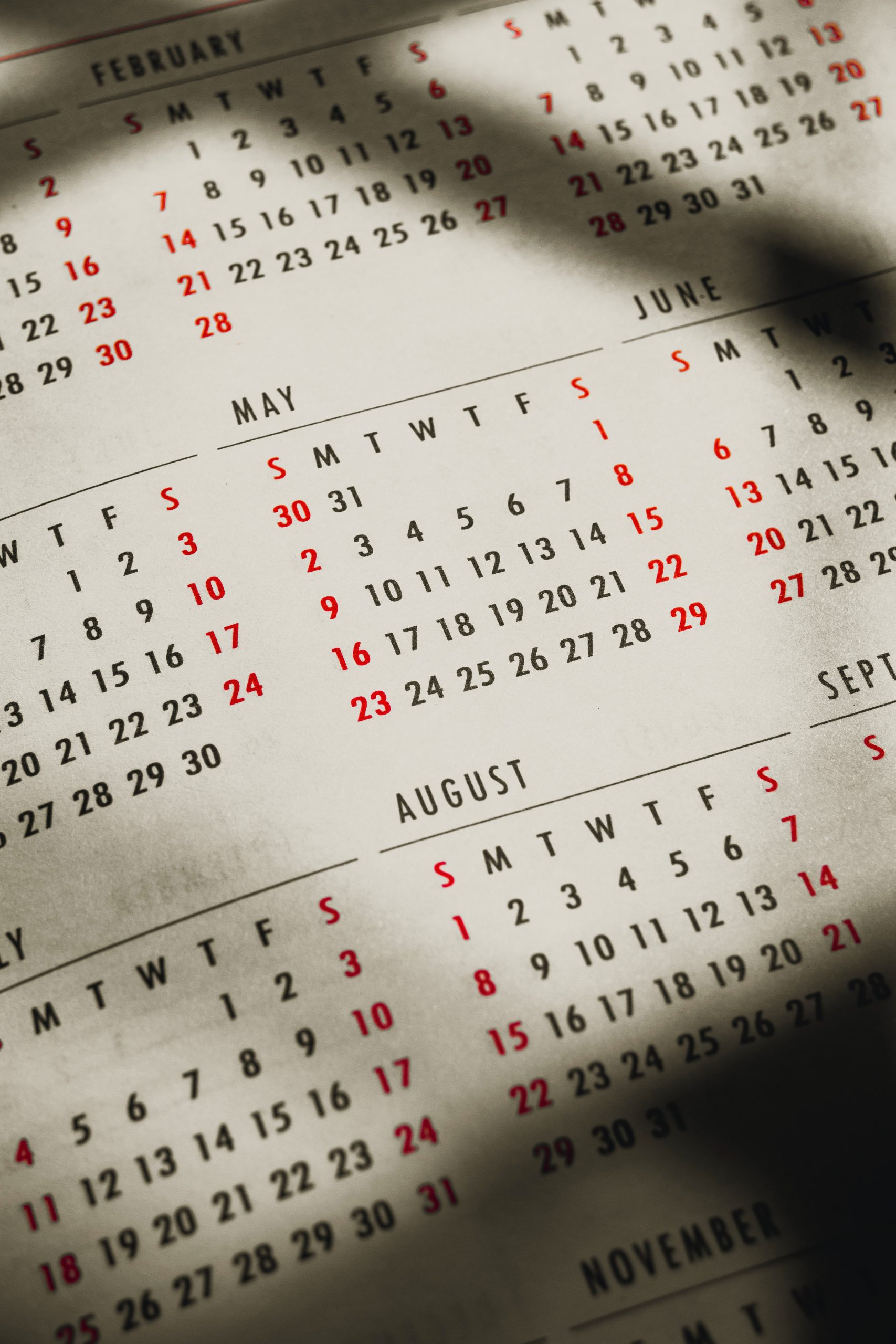
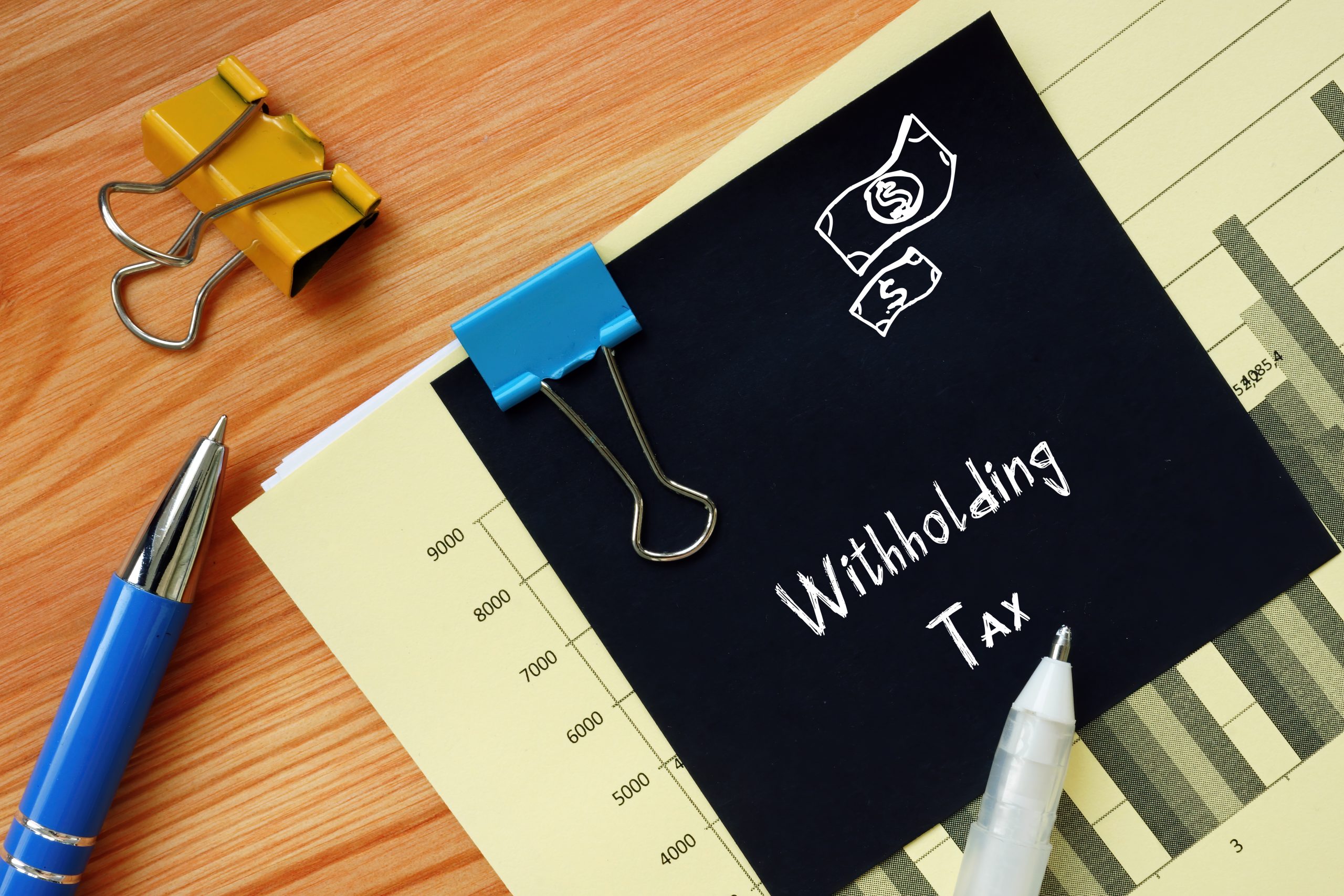
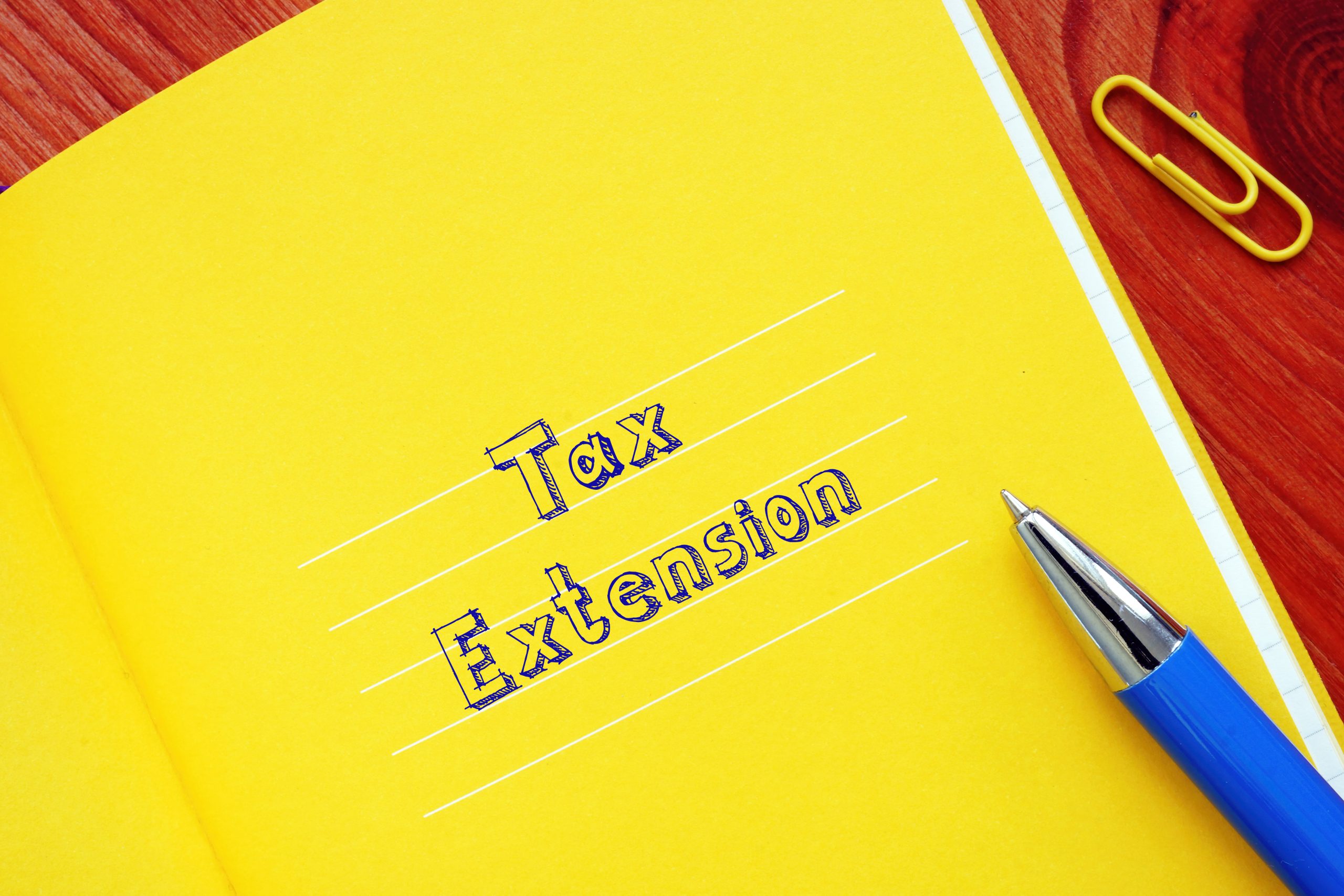
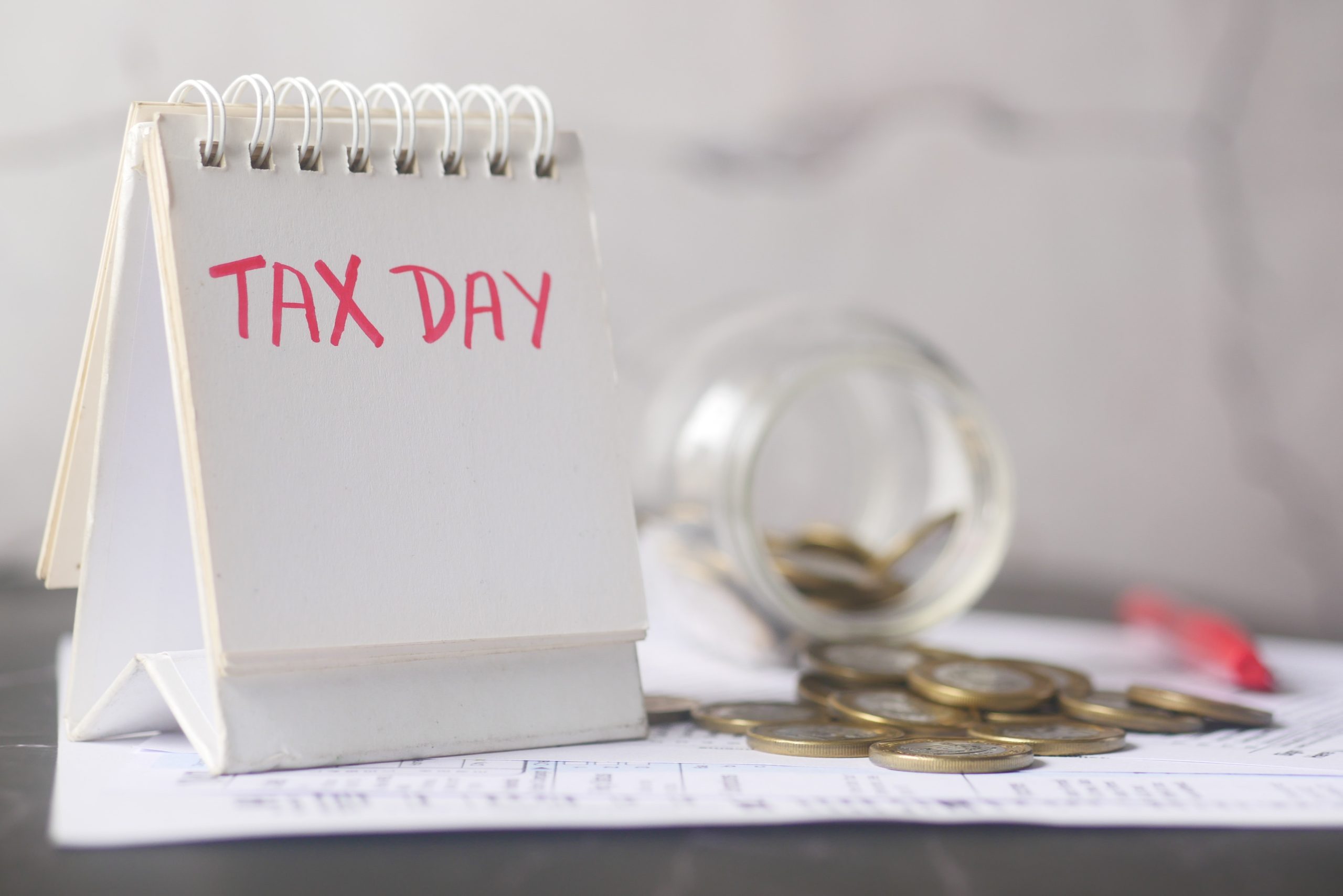

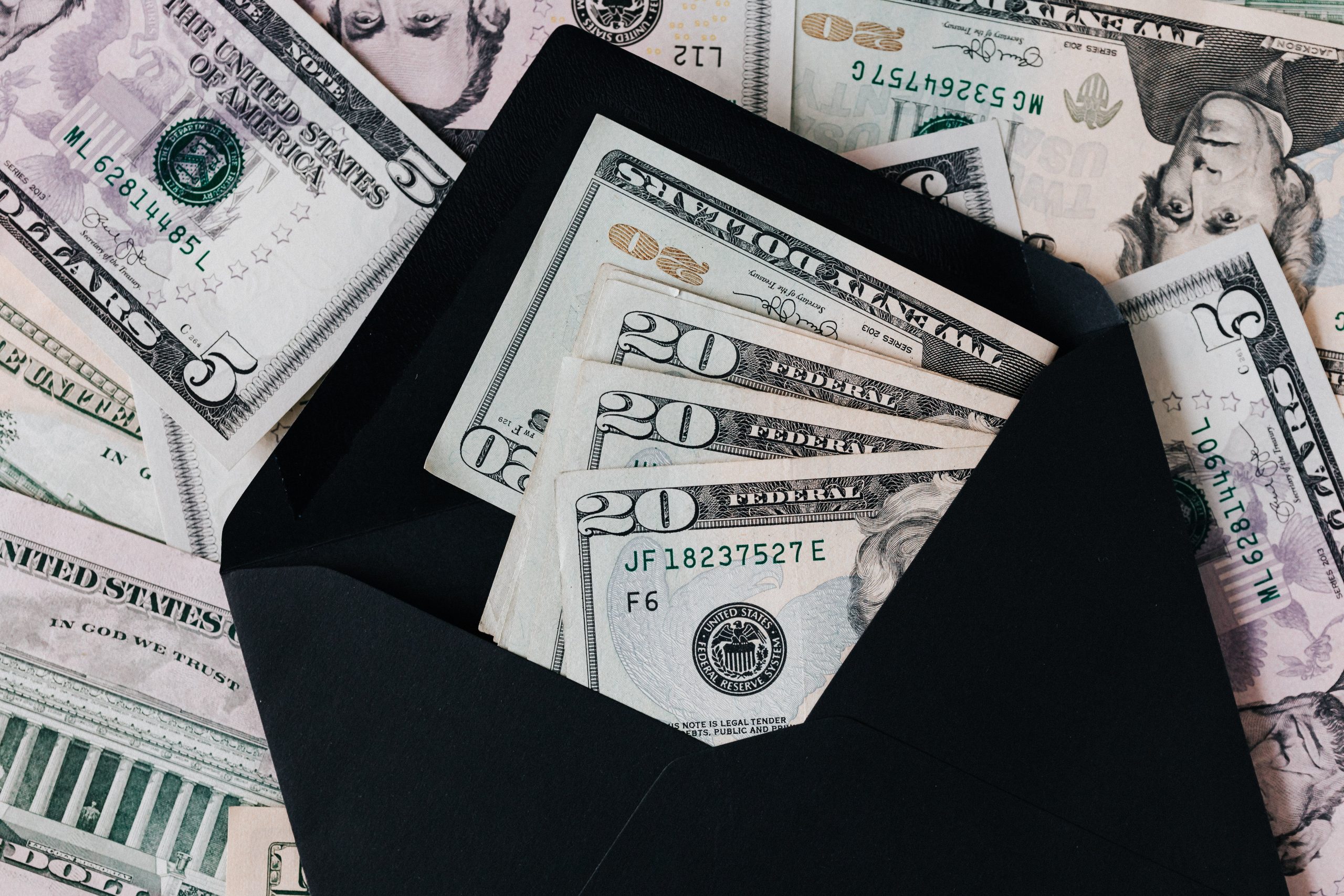


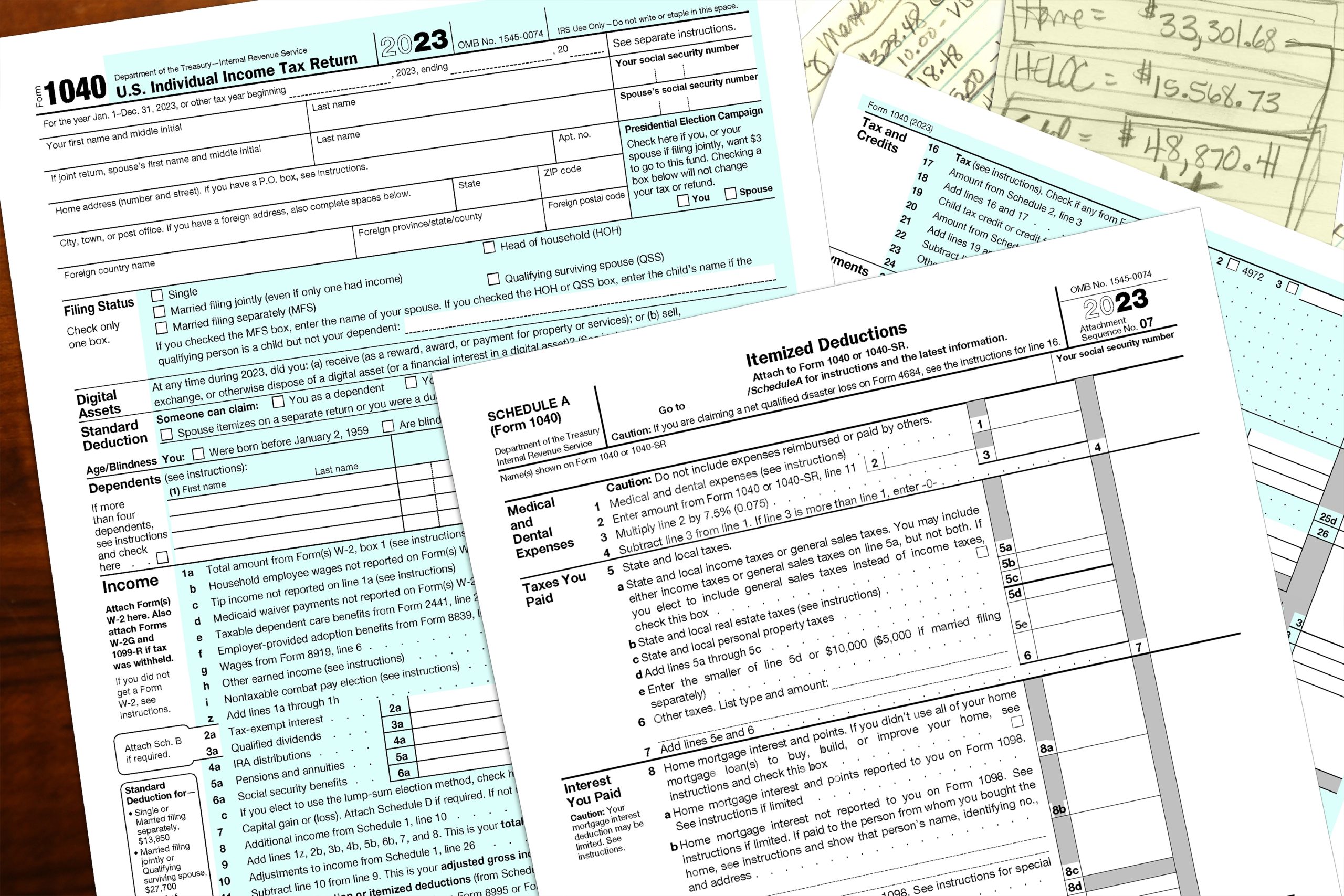
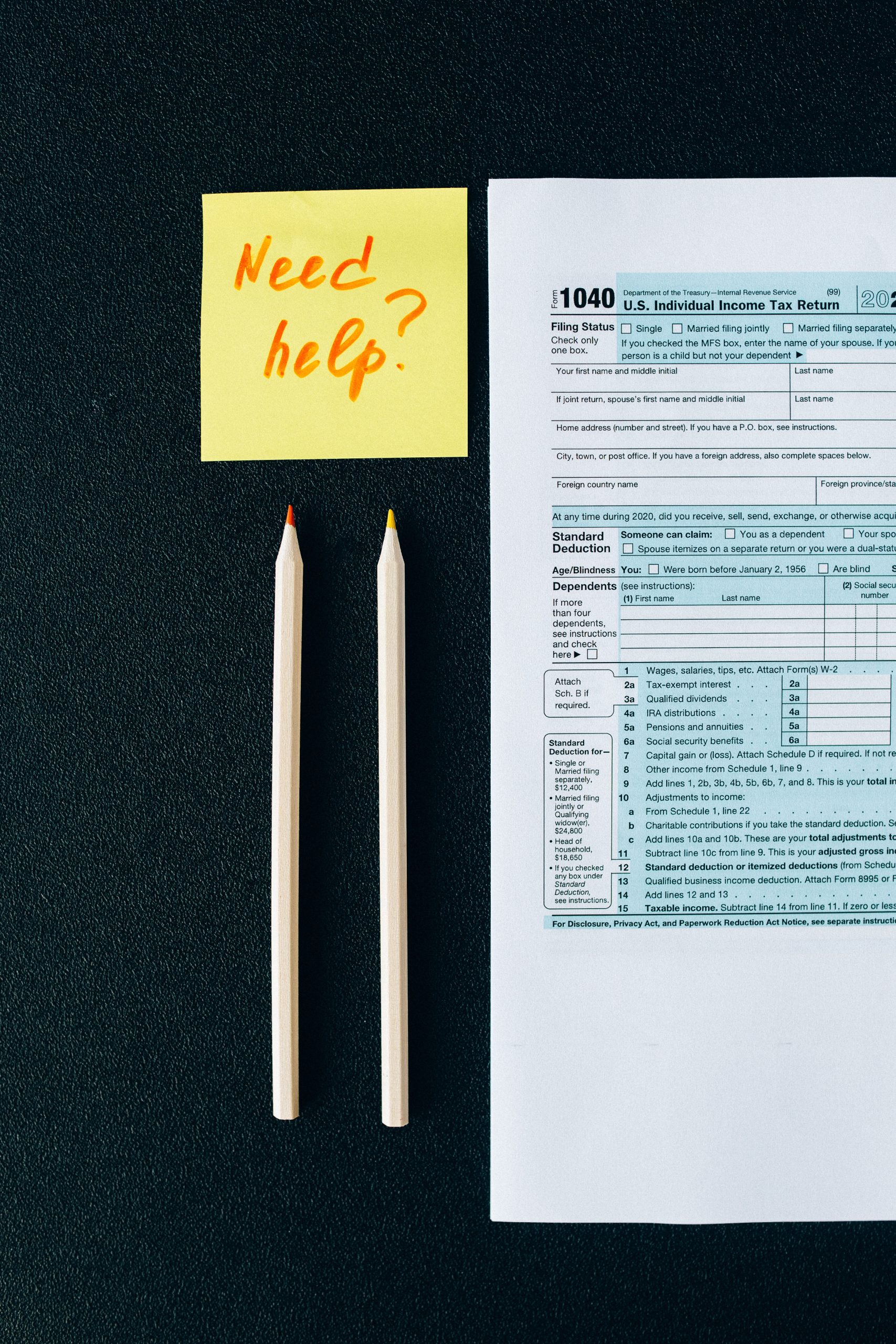



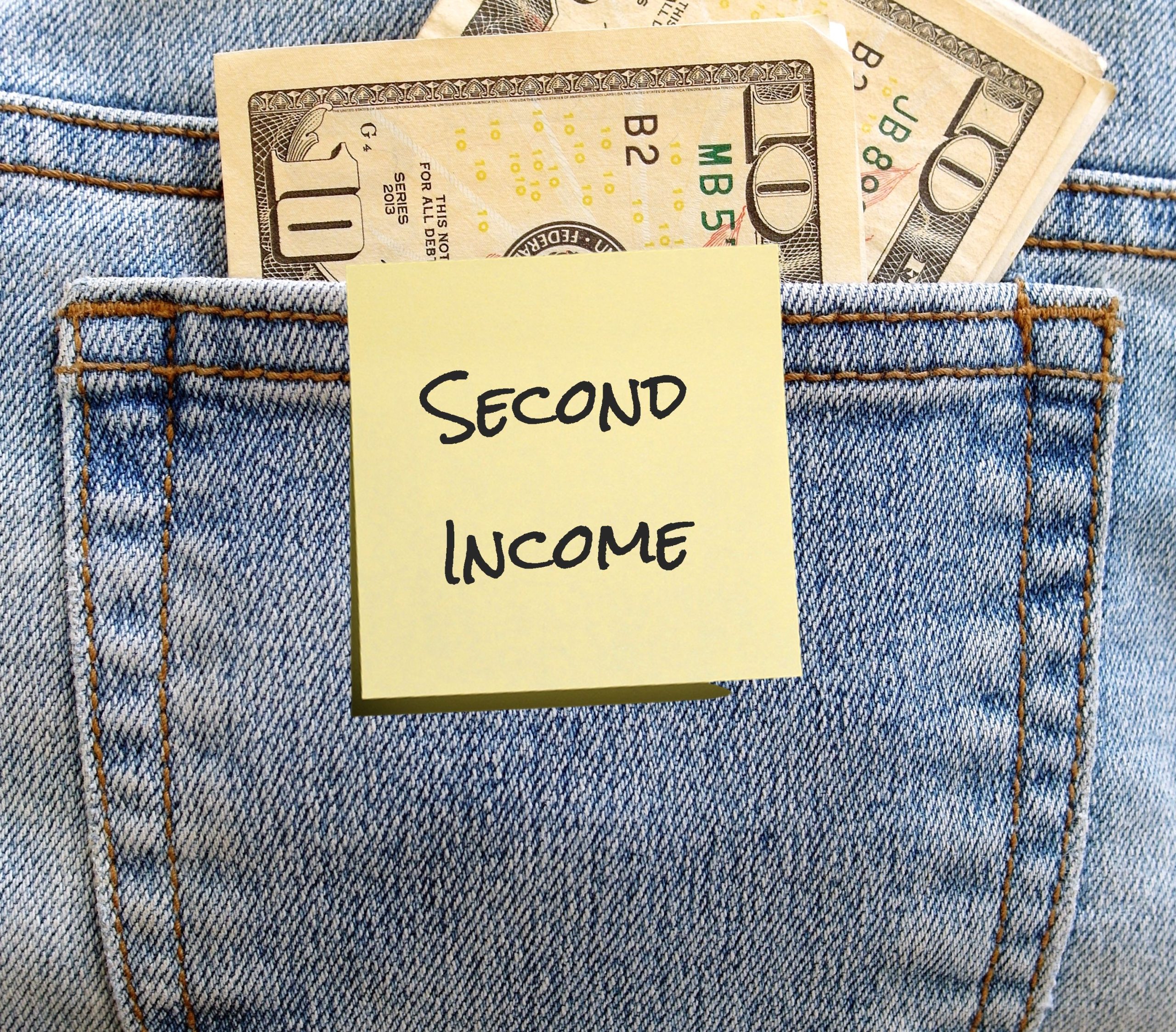




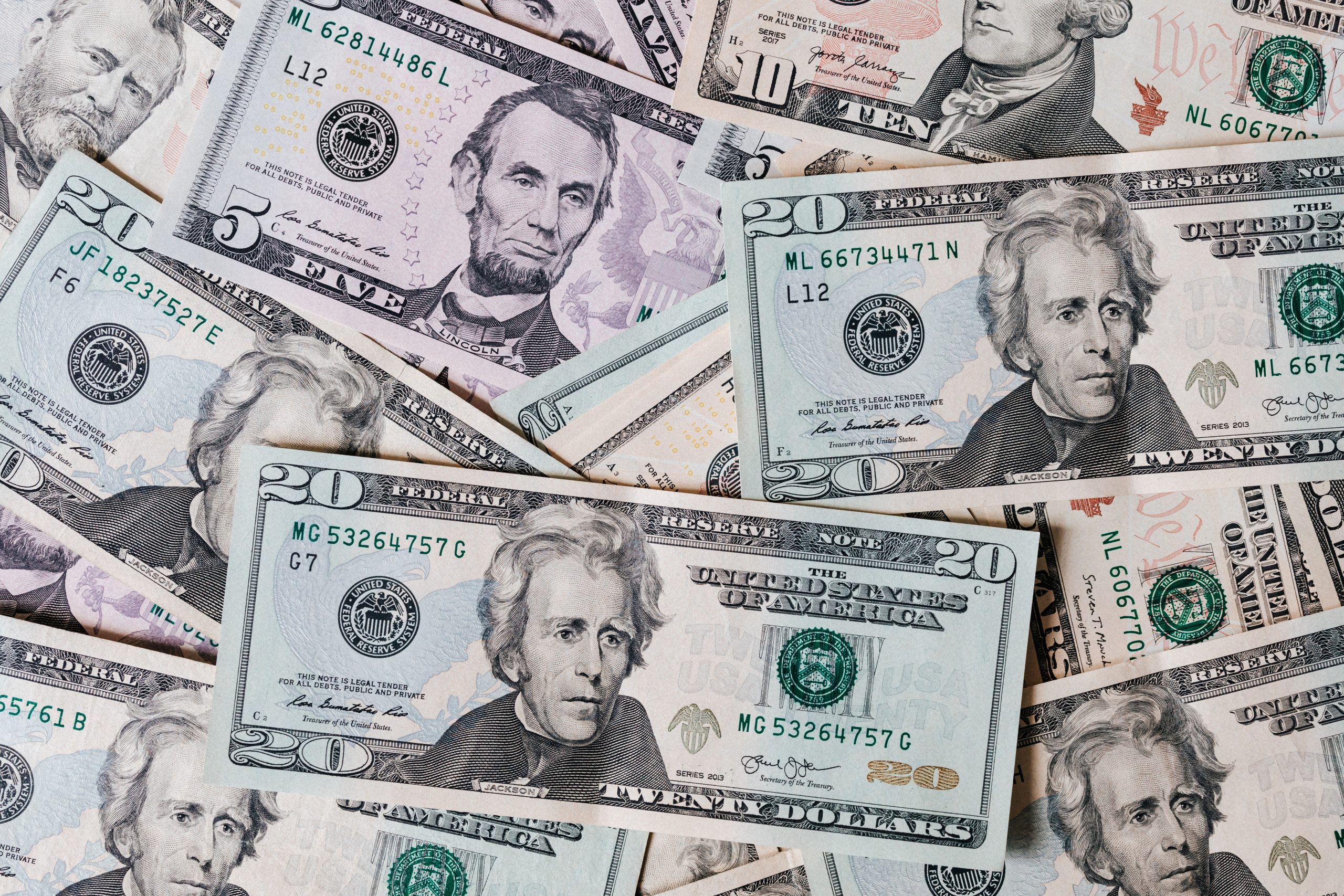

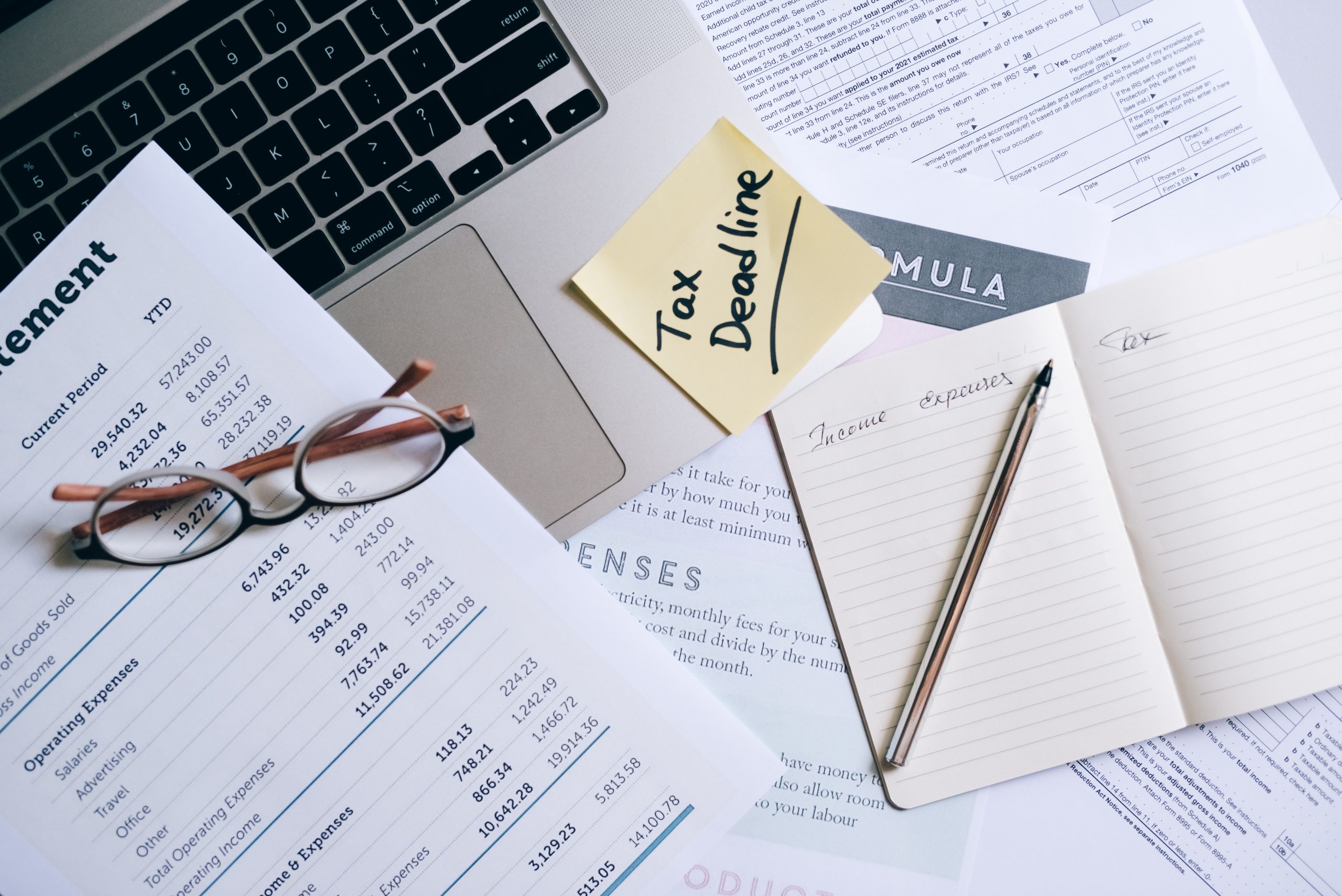









0